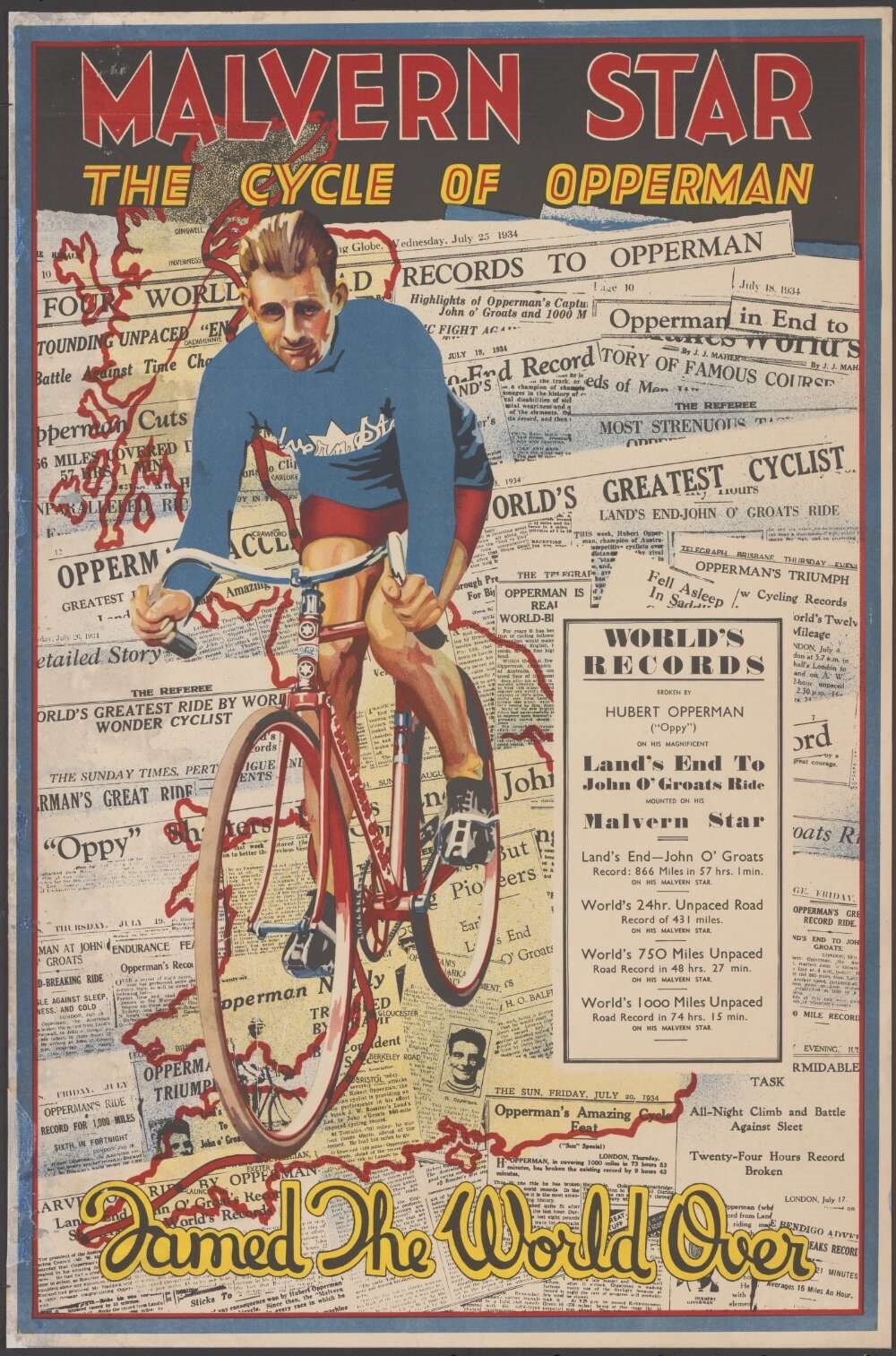
Tobacco, beer and poker machines - sport has a long history of being used to sell things.
Sporting entrepreneurs know that fans will pay to see their champions. Gambling, admission tickets, memberships, media, advertising, endorsements and sponsorship all provide ways to generate income from sporting spectacles.
These forces have seen elite Australian sport slowly shift from a proud amateur tradition to an increasingly commercial focus. This move to professionalism was resisted by some sports bodies, such as the Olympic movement and rugby union, but by the end of the twentieth century the best athletes had embraced being paid to play. It was only fair that athletes needing to train full-time should be paid for their hard work and compensated for the possibility of injury.